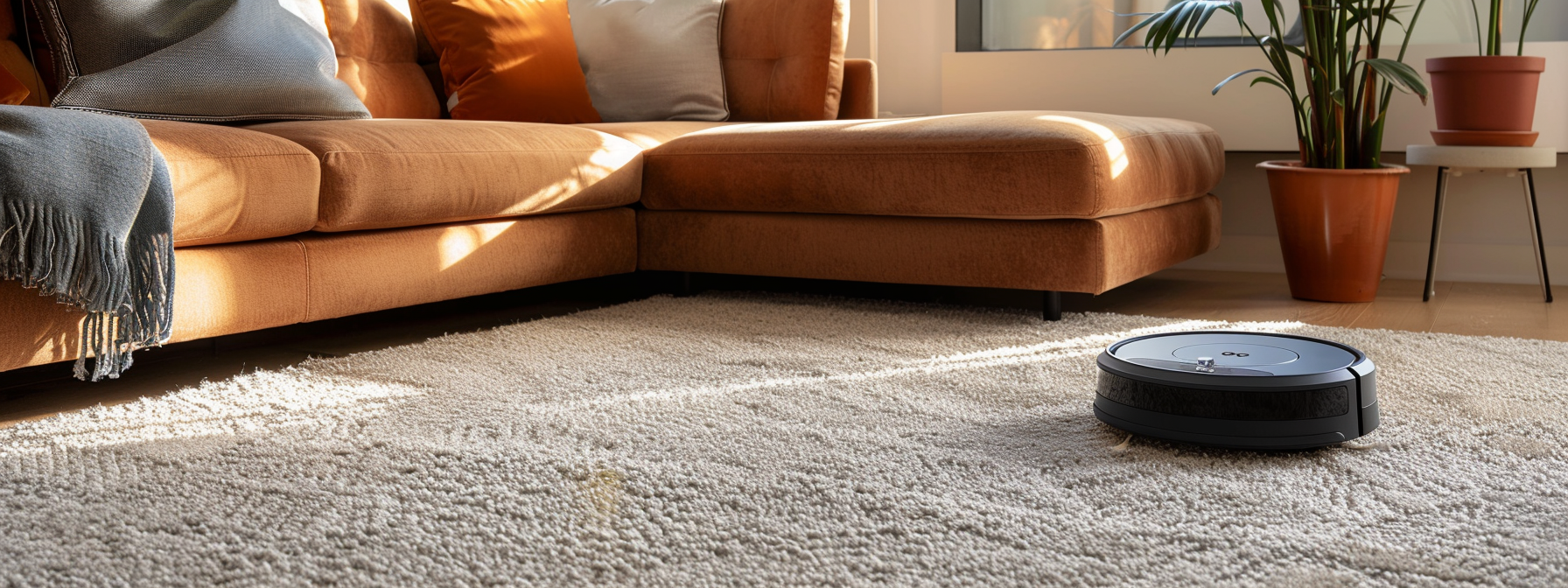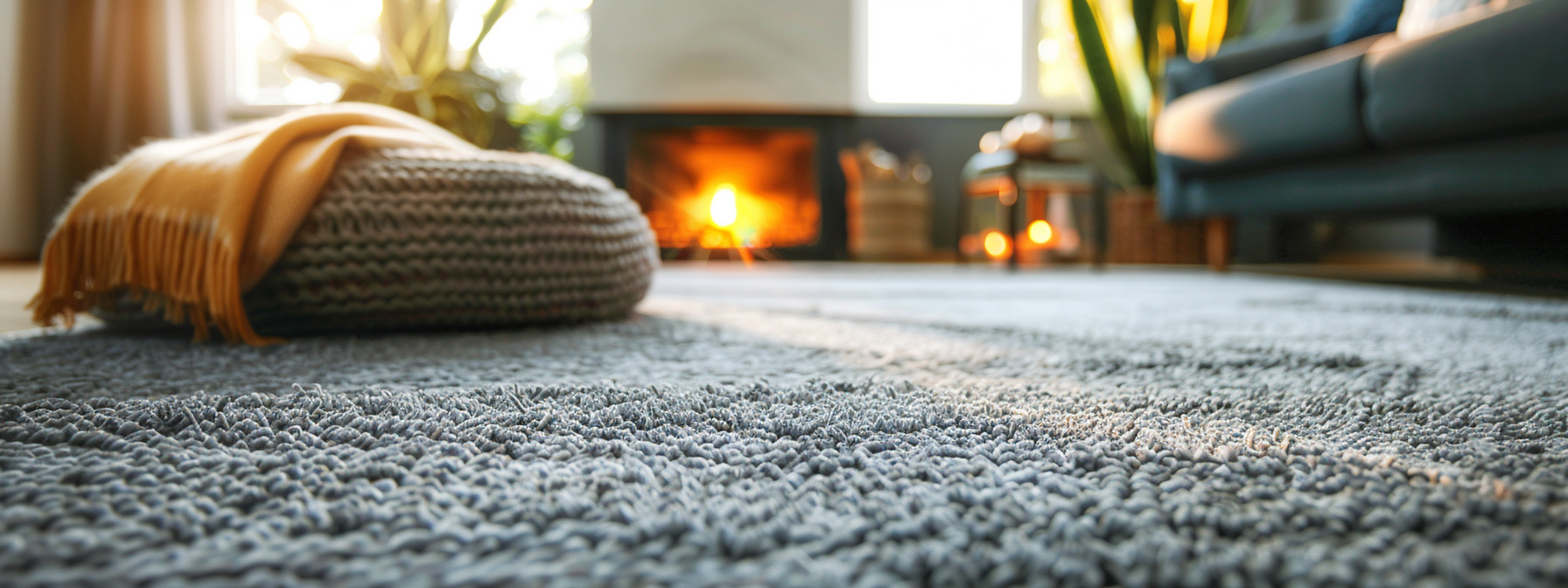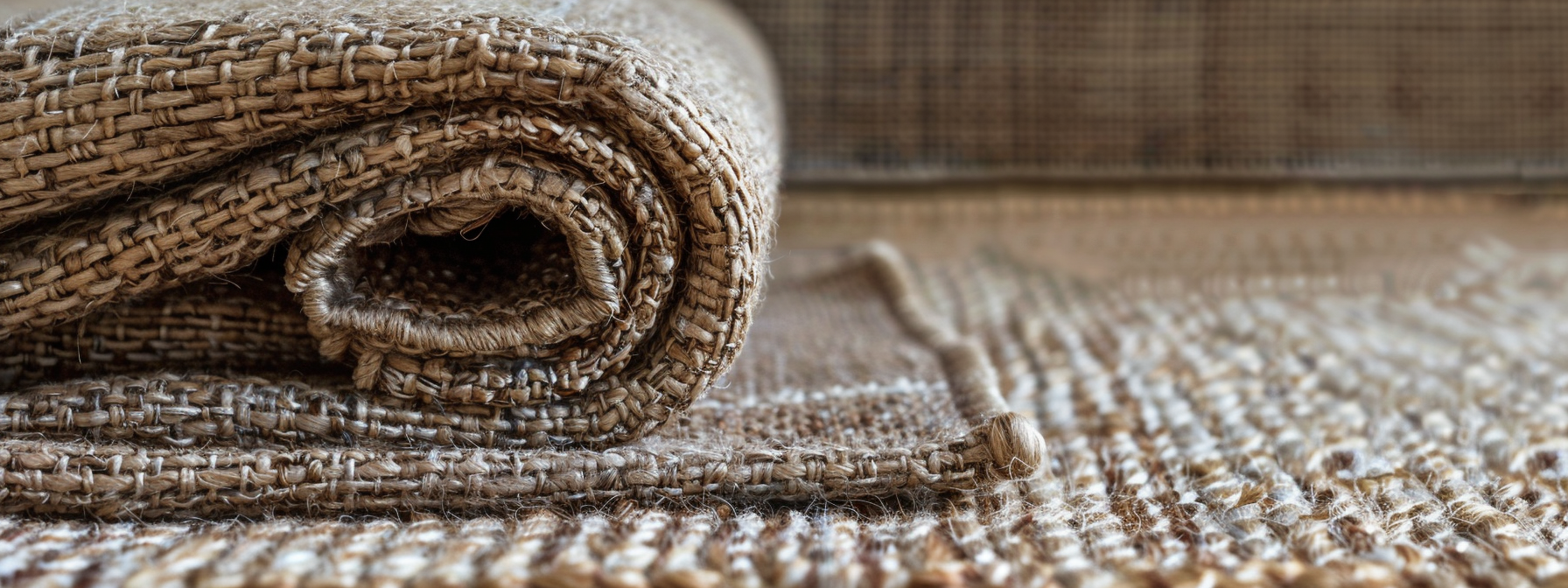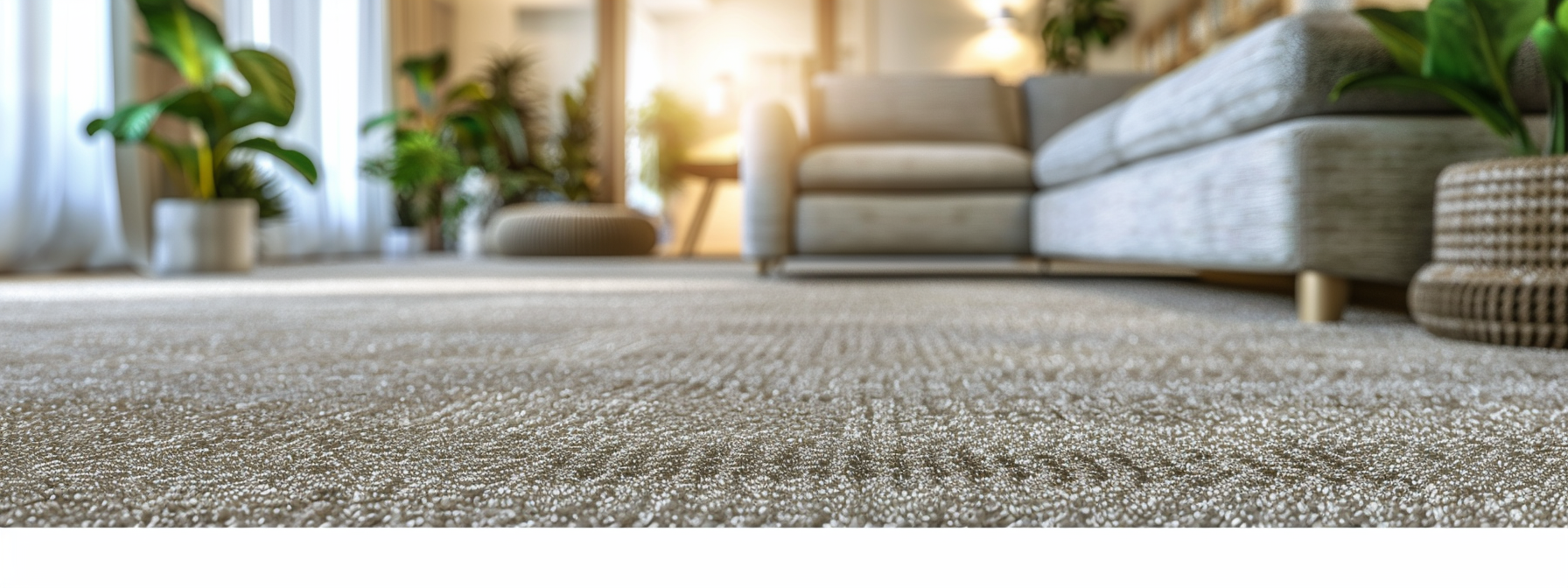The Importance of Grout Cleaning in Tile Floor Maintenance
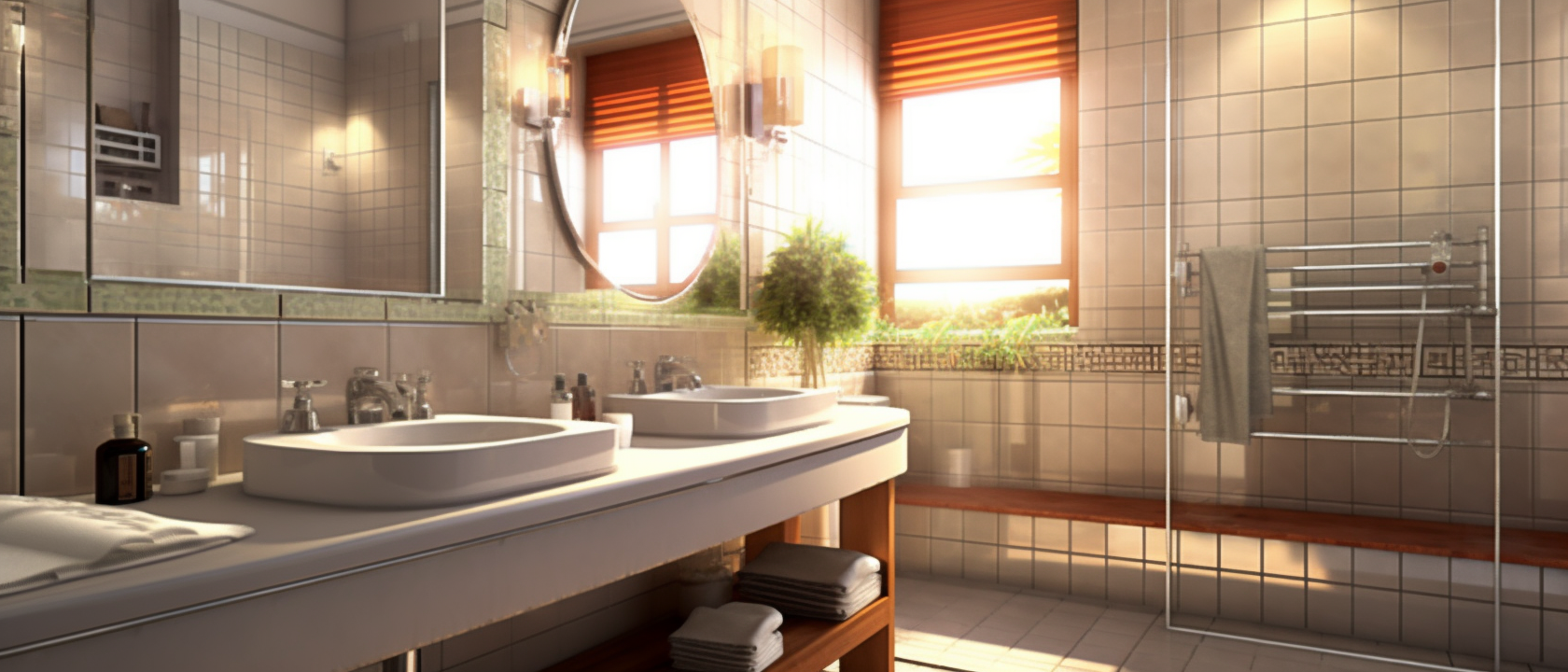
Grout, a composite material filling the voids between tiles, plays an indispensable role in the integrity and aesthetics of tile flooring.
It bonds tiles together, preventing chipping and cracking, while also contributing to the overall visual appeal of the floor. The maintenance of grout is not just about cleaning; it’s about preserving the functionality and beauty of the tile surface.
The Challenges of Grout Maintenance
Grout’s porous nature makes it susceptible to staining and accumulation of dirt and germs, particularly in high-traffic areas like kitchens and bathrooms.
These spaces often encounter a variety of staining agents, from kitchen spills to bathroom mildew, making the grout vulnerable to discoloration and degradation.
Regular Cleaning: Key to Longevity
Regular cleaning is the key to maintaining the pristine condition of grout. This involves not just surface cleaning but also attending to the deeper layers where dirt and bacteria can accumulate.
The frequency and method of cleaning are very important; overzealous or inappropriate cleaning can lead to damage, while negligence can cause staining and buildup of harmful microbes.
Embracing Effective Cleaning Methods
A spectrum of cleaning methods exists, ranging from simple household solutions to professional-grade products.
Each method has its specific application, depending on the severity of the dirt and the type of grout. It’s essential to match the cleaning method to the grout’s condition to avoid damage.
The Role of Professional Cleaning
While regular home maintenance is important, professional cleaning plays a key role in grout maintenance, especially for stubborn stains or specialized grout types. Professional services can offer deep cleaning and restoration, extending the life of the grout and, by extension, the tile flooring.
Understanding the importance of grout cleaning and employing the right methods are key to maintaining the longevity and appearance of tile floors.
Regular, appropriate cleaning, coupled with professional maintenance, ensures that the grout remains a supporting character, not a problem area, in the story of your tile flooring.

Why Grout Cleaning is Essential
Grout, more than just a gap filler, is fundamental in maintaining the structural integrity of tile floors.
It provides stability, ensures even spacing of tiles, and acts as a barrier against moisture, preventing the tiles from shifting or cracking. This structural support extends the life of tiled areas, making regular grout maintenance non-negotiable.
Lifespan Extension
Regular cleaning of grout significantly extends the lifespan of tile floors. Dirt and grime can compromise the seal of grout, potentially damaging the tiles and subfloor.
Professional cleaning can prevent this, avoiding the costly and time-consuming process of tile replacement.
Safety Considerations
Unclean grout can lead to safety hazards. Accumulation of dirt, grease, and organic particles on tile floors increases the risk of slipping, posing a danger to occupants. Regular cleaning ensures sufficient traction, making floors safer.
Aesthetic Appeal
Clean grout enhances the visual appeal of tile floors. Dirty grout detracts from the beauty of tiles, making them less impressive to guests. Professional cleaners can effectively restore grout, ensuring that floors maintain their aesthetic value.
Sanitation and Health
Tile floors, especially in kitchens and bathrooms, are prone to bacteria and fungi growth in wet environments. These microorganisms can cause health issues and unpleasant odors. Regular grout cleaning is essential for eradicating these harmful entities and maintaining a hygienic environment
Cleaning Challenges and Techniques
The porous nature of cementitious grout means it readily absorbs stains. Cleaning grout can be likened to stain removal in clothing, with similar cleaners being effective.
Grout’s alkaline nature means acidic cleaners like vinegar should be avoided. Alkaline or enzyme-based cleaners are more suitable for grout maintenance. Improper cleaning techniques can leave residues, attracting dirt and exacerbating the problem.

Effective Grout Cleaning Techniques
Basic Scrubbing with Warm Water and a Medium-Bristle Brush
For initial grout cleaning efforts, a simple method is using warm water and a medium-bristle brush.
This approach is gentle enough to avoid damaging the grout while being effective in removing surface dirt. Spray warm water onto the grout lines and scrub in a circular motion. It’s important to not let the water sit on the grout for too long to prevent absorption and potential mildew growth.
Vinegar and Water Solution
For grout that is sealed but has accumulated dirt or mild stains, a solution of equal parts vinegar and warm water can be effective.
Spray the mixture onto the grout, let it stand for a few minutes, and then scrub with a stiff brush. This method should not be used on unsealed grout due to vinegar’s acidic nature.
Baking Soda Paste with Vinegar
For more intensive cleaning, a paste made from baking soda and water can be applied to the grout lines, followed by spraying the previously mentioned vinegar solution.
This combination is effective for deeper cleaning needs. Scrub the grout after the foaming action stops, then rinse and wipe dry. For unsealed grout, only use the baking soda paste.
Hydrogen Peroxide Application
Hydrogen peroxide, either used straight or as part of a homemade paste with baking soda, is suitable for moderate stains.
This method is typically safe for both sealed and unsealed grout and can be particularly effective in brightening the grout’s appearance.
Oxygen Bleach for Stubborn Stains
For more challenging stains, particularly on white grout, oxygen bleach can be a powerful cleaning agent.
After applying the bleach solution, let it soak for a period before thoroughly rinsing it off. This method requires proper ventilation and adherence to the manufacturer’s instructions.
Commercial Grout Stain Removers
Commercial grout cleaners are available for those preferring ready-made solutions. These products are designed to tackle mold, mildew, and restore grout brightness.
They usually work by either spraying and wiping or scrubbing with a brush. It’s important to read the product’s ingredients and instructions carefully before use.
Steam Cleaning
Steam cleaning is an effective and environmentally friendly method, particularly for severe grout stains.
Steam penetrates small crevices and pores in the grout, loosening dirt, grime, and grease more effectively than many chemical cleaners. It also sanitizes the surface, killing a high percentage of germs and bacteria.
Limited Use of Chlorine Bleach
In extreme cases, chlorine bleach can be used sparingly. Its long-term use can erode grout, so it should not be the primary cleaning method.
It’s important to rinse the grout thoroughly before and after using bleach, especially if vinegar has been used previously, to prevent toxic gas emissions.
Homemade Baking Soda Solution
A DIY solution for grout cleaning involves mixing baking soda, liquid dish soap, and hydrogen peroxide.
This mixture is applied to the grout lines, left to stand for several minutes, and then scrubbed off. It’s a chemical-free option that’s effective in removing grout stains.
Black Diamond Stoneworks Grout Cleaner
For those preferring commercial products, Black Diamond Stoneworks Ultimate Grout Cleaner is an excellent option.
It’s acid-free, making it safe for all grout colors, and effectively removes dirt, oil, and soap scum.

Preventive Measures and Regular Maintenance
Essential Preventive Measures
- Sealing Grout: To safeguard grout against moisture, staining, and bacterial growth, applying a protective sealant is paramount. This process involves adding a moisture-proof layer that penetrates the grout’s pores, creating a waterproof seal. Sealing not only enhances the grout’s resistance to moisture but also simplifies future cleaning efforts by preventing dirt and stains from deeply setting in. Grout should be sealed after installation and periodically thereafter, depending on wear and exposure.
- Keep Grout Dry: Due to its porous nature, grout is prone to mold and mildew growth when exposed to persistent moisture. To mitigate this risk, it’s helpful to maintain dry conditions, especially in areas like bathrooms. Running vents after showering, using a squeegee on shower walls, regularly washing rugs and towels, and promptly addressing leaks are effective strategies to keep grout dry.
Regular Maintenance Routine
- Developing a Cleaning Routine: Regular cleaning is vital for maintaining grout’s appearance and integrity. This involves daily sweeping with a microfiber cloth to remove loose dirt, weekly mopping, and routine scrubbing of the grout. The frequency of grout scrubbing should be adjusted based on traffic and exposure, with high-traffic areas requiring more frequent attention. For shower areas, a regular spray of a vinegar and water solution can be beneficial in preventing mold and mildew, thanks to vinegar’s drying and antibacterial properties.
- Homemade Cleaning Solutions: Commercial grout cleaning products, while effective, can sometimes be harsh and expensive. A practical and gentler alternative is to create DIY cleaning solutions using household ingredients like baking soda, hydrogen peroxide, and dish soap. These natural ingredients are less abrasive and can be tailored to suit the specific cleaning needs of your grout without risking damage.
- Regular Cleaning Frequency: The key to grout maintenance lies not just in the choice of cleaning solutions and tools but also in the frequency of cleaning. Regular cleaning, ideally on a weekly basis, prevents the buildup of stains and dirt, making the grout easier to maintain over time. Addressing spills and stains promptly reduces the likelihood of permanent discoloration and degradation.
Effective maintenance and preventive measures for grout involve a balanced approach of regular cleaning, proper sealing, and moisture control.
By implementing these strategies, grout can remain clean, intact, and visually appealing, extending the lifespan and beauty of tiled surfaces. Regular maintenance not only enhances the appearance but also contributes to the overall hygiene and safety of the tiled areas.

Regular Maintenance in Grout Upkeep
Grout plays a role beyond just filling the gaps between tiles. It significantly contributes to the structural integrity and aesthetic appeal of tile work.
Grout acts as a bonding agent, securing tiles in place, and serving as a barrier against moisture and debris, protecting the adhesive and substrate underneath.
Importance of Regular Cleaning and Maintenance
- Routine Cleaning: Regular sweeping, vacuuming, and gentle mopping are necessary to maintain grout’s appearance and integrity. This prevents the scratching or dulling of the grout surface and addresses any potential staining or discoloration. For deeper cleaning needs, a pH-neutral cleaner or a homemade baking soda paste can be applied and gently scrubbed off.
- Product Selection: Choosing safe cleaning products for grout is important. Harsh chemicals can erode grout, leading to damage. Maintaining air circulation in damp areas is vital to prevent mold and mildew, which are detrimental to grout health.
- Sealing Grout: Applying a grout sealer, either penetrating or non-penetrating, is recommended to extend its lifespan and preserve its appearance. Especially in moisture-prone areas, regular reapplication of the sealer is necessary to sustain its protective properties.
Addressing and Preventing Damage
- Monitoring for Damage: Regular inspections can identify early signs of grout damage like cracking or discoloration. Addressing these issues promptly can prevent them from escalating into significant problems that could compromise the entire tiled surface.
- Comprehensive Approach: The key to long-lasting grout is a combination of regular cleaning, careful product choice, sealing, and timely intervention when damage is noticed. This holistic approach ensures the continued functionality and aesthetic quality of tiled areas, preventing minor issues from becoming major challenges.
Grout maintenance is not just a cosmetic concern but a fundamental aspect of preserving the structural integrity and beauty of tiled surfaces.
Regular, gentle cleaning, proper sealing, careful product selection, and vigilant monitoring for damage form the cornerstone of effective grout maintenance, ensuring the durability and appeal of your tile work for years to come.

Frequently Asked Questions: Grout Cleaning and Maintenance
When Does Grout Need Cleaning?
Grout requires cleaning when there is a visible build-up of dirt, mildew, or moisture. Especially in areas with excessive moisture exposure, these signs are important to note.
Regular expert inspections, akin to HVAC check-ups, are advisable for early detection of potential issues.
Cleaning, Re-grouting, or Tile Replacement: What’s Needed?
- Decision Factors: The need for cleaning, re-grouting, or replacing tiles depends on several factors:
- Cracked or missing grout
- Chipped or loose tiles
- Water, moisture, or mold under tiles
- A professional assessment is recommended for precise determination.
How Often Should Tile and Grout Be Cleaned?
The cleaning frequency is influenced by factors such as usage, cleaning habits, moisture levels, and tile type. Regular cleaning and periodic grout inspections are imperative.
Is Grout Sealing Necessary?
Sealing grout is important for its longevity and maintenance. Unsealed grout is more prone to stains and may need replacement over time. Sealing adds a protective layer against moisture and damage.
How long does Tile Flooring Replacement and Installation take?
Tile flooring replacement and installation, including grout application and drying, can take several days. This is due to the labor-intensive nature of the job and the drying time required for grout.
What are the best Products for Tile Cleaning?
For man-made materials like ceramic and porcelain, as well as natural stone, non-acidic, anti-bacterial cleaners are recommended. PH-neutral cleaners are advisable for both tiles and grout. Special attention may be required for certain natural stones.
What is the best Stain Prevention method for Natural Stone Tiles and Grout?
Sealing the stone with an appropriate sealer is the first step in preventing staining. Use PH-balanced cleaners and avoid acidic cleaners to maintain the sealant and prevent etching on polished natural stone.
What is the optimum Grout Sealing Frequency?
The frequency for re-sealing grout depends on the traffic and use of the area. Premium sealants can last up to 15 years with proper care. A simple water test can indicate the need for re-sealing.
Can Existing Grout Be Covered with New Grout?
Applying new grout over existing grout is not recommended as it may lead to flaking or chipping. The existing grout must be removed to ensure proper adhesion and effectiveness.
Author
-

As the Co-Owner of Masterful, Randy has been providing quality cleaning services to the Salem and Portland areas of Oregon for many years. He has built a reputation for excellence in the industry. His team take prides in using the latest cleaning techniques and technologies to deliver exceptional results every time.


